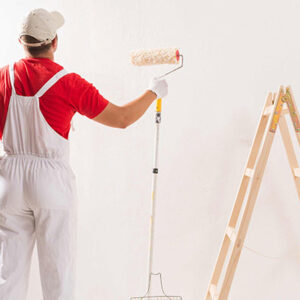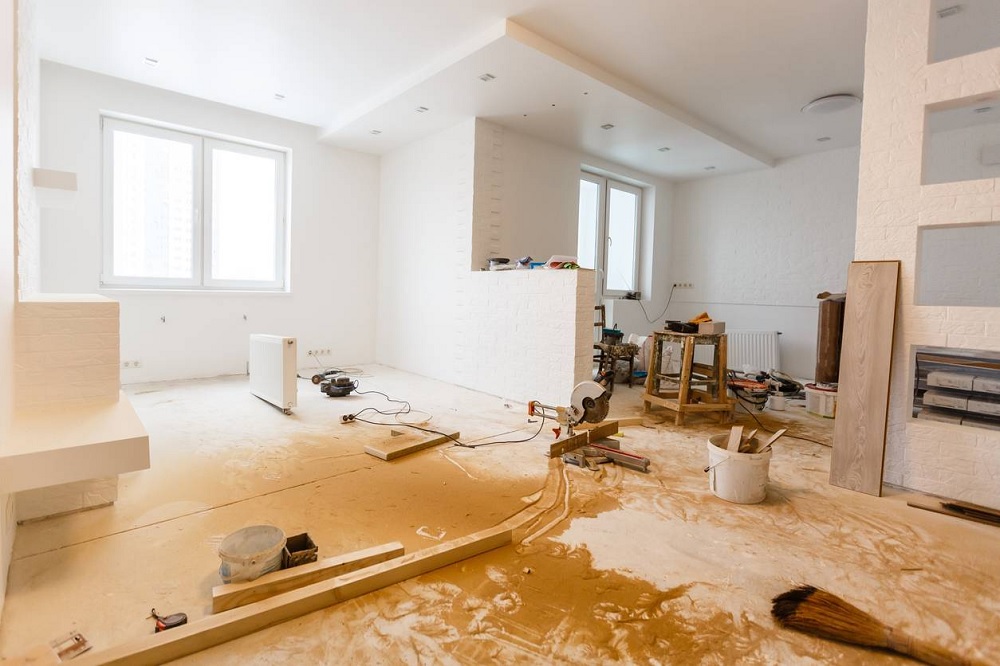Painting your home is an excellent way to refresh its look and make it more comfortable. But, not every DIY paint job turns out as expected. If you’re not careful, a paint job can quickly go wrong, causing frustration and disappointment. Here are four ways a DIY paint job can go wrong, along with tips to help you avoid these mistakes.
Poor Surface Preparation
One of the most common reasons a DIY paint job can go wrong is poor surface preparation. This means that the surface you’re painting on isn’t adequately cleaned, sanded, or primed before painting. As a result, the paint won’t adhere to the surface, leading to peeling, cracking, and chipping.
To avoid this problem, you need to ensure that the surface is clean and dry before painting. This means removing any dirt, dust, or grime using a cleaning solution and a scrub brush. If the surface has any cracks, holes, or imperfections, you need to fill them in with a spackling compound or wood filler. Sand the surface to smooth it out and create a rough texture for the paint to grip onto. Finally, prime the surface with a high-quality primer to create a strong bond between the paint and the surface.
Choosing the Wrong Paint
Choosing the wrong type of paint can lead to a DIY paint job going wrong. Different types of paint are suitable for different surfaces and areas of your home. Using the wrong type of paint can lead to poor adhesion, uneven coverage, and peeling.
For example, if you’re painting a bathroom, you should choose a paint that’s resistant to moisture and mildew. If you’re painting a high-traffic area like a hallway or staircase, you should choose a durable paint that can withstand wear and tear. If you’re painting a kitchen, you should choose a paint that’s easy to clean and won’t stain easily.
Before you start painting, make sure to research the type of paint you need for the surface and area you’re painting. Read the manufacturer’s instructions carefully to ensure that you’re choosing the right type of paint and using it correctly.
Poor Technique
Painting requires a certain level of skill and technique. If you’re not careful, poor technique can lead to a DIY paint job going wrong. Common mistakes include applying too much paint, leaving brush or roller marks, and not allowing the paint to dry properly between coats.
To avoid poor technique, start by choosing the right tools. Use high-quality brushes and rollers that are suitable for the type of paint you’re using. Apply paint in thin, even coats, using a light touch to avoid leaving brush or roller marks. Allow each coat to dry completely before applying the next one.
Inadequate Coverage
Inadequate coverage is another common mistake that DIYers make. It’s easy to underestimate the amount of paint needed for a project, and using too little can lead to an uneven finish. Conversely, using too much paint can lead to drips and runs, which can be difficult to correct. To avoid this mistake, make sure to calculate the amount of paint needed for your project and buy a little extra to ensure you have enough. Use a quality brush or roller and apply the paint in thin, even coats. Allow each coat to dry completely before applying the next one.
Painting your home can be a rewarding and cost-effective way to refresh its look. However, a DIY paint job can quickly go wrong if you’re not careful. Poor surface preparation, choosing the wrong type of paint, poor technique, and skipping the prep work can all lead to disappointing results. You can try https://bayvalleypainting.com/what-is-surfactant-leaching/ to paint your corners right!



